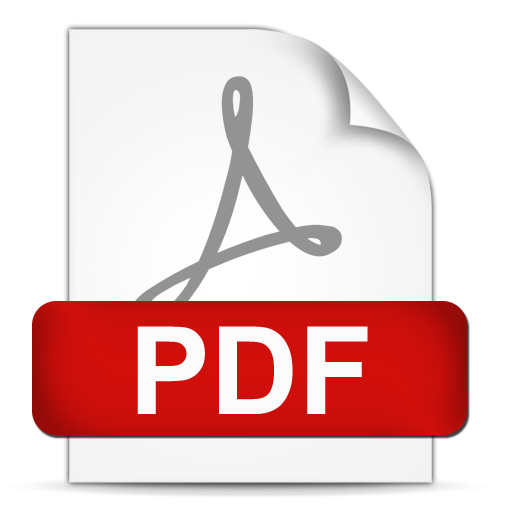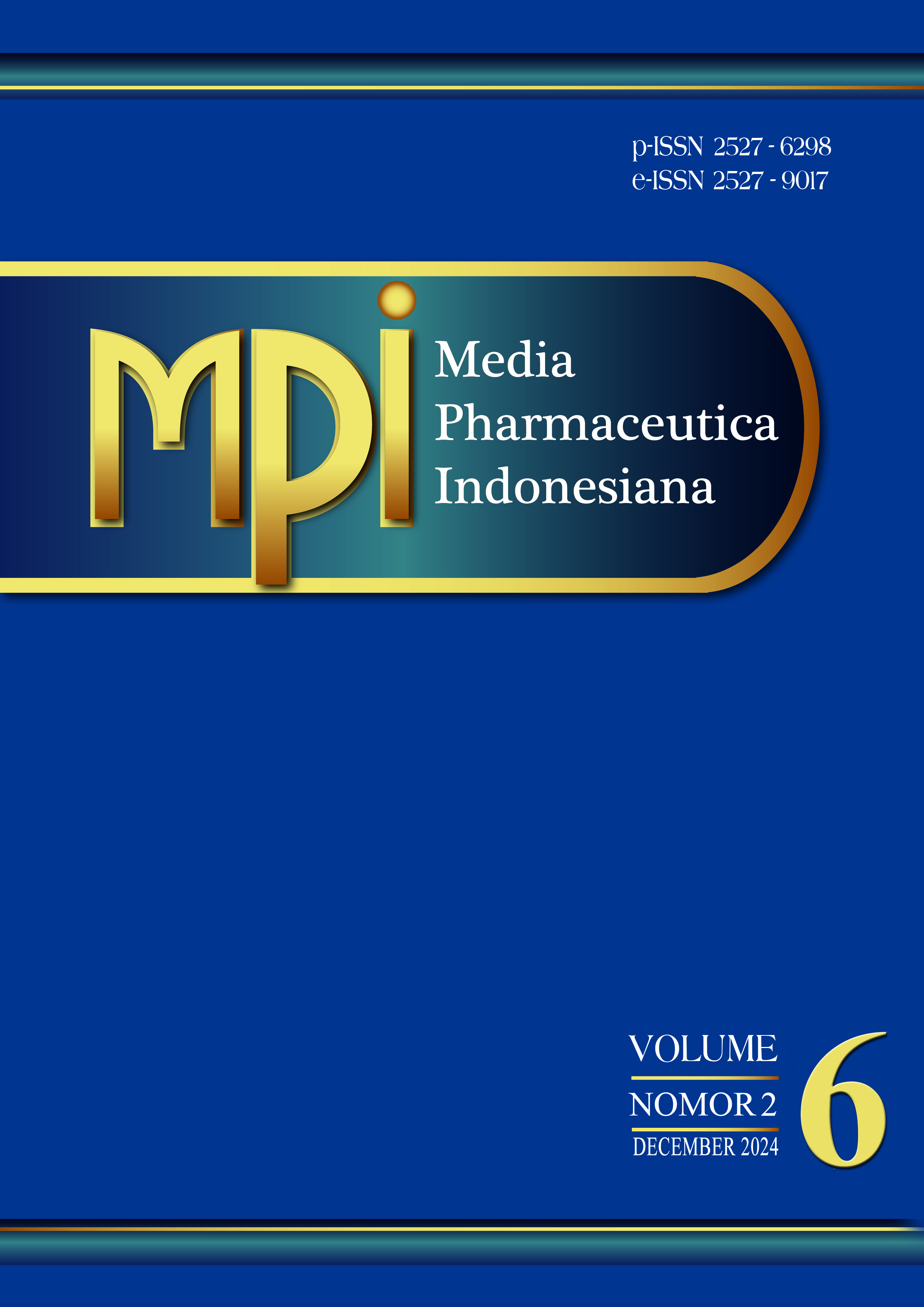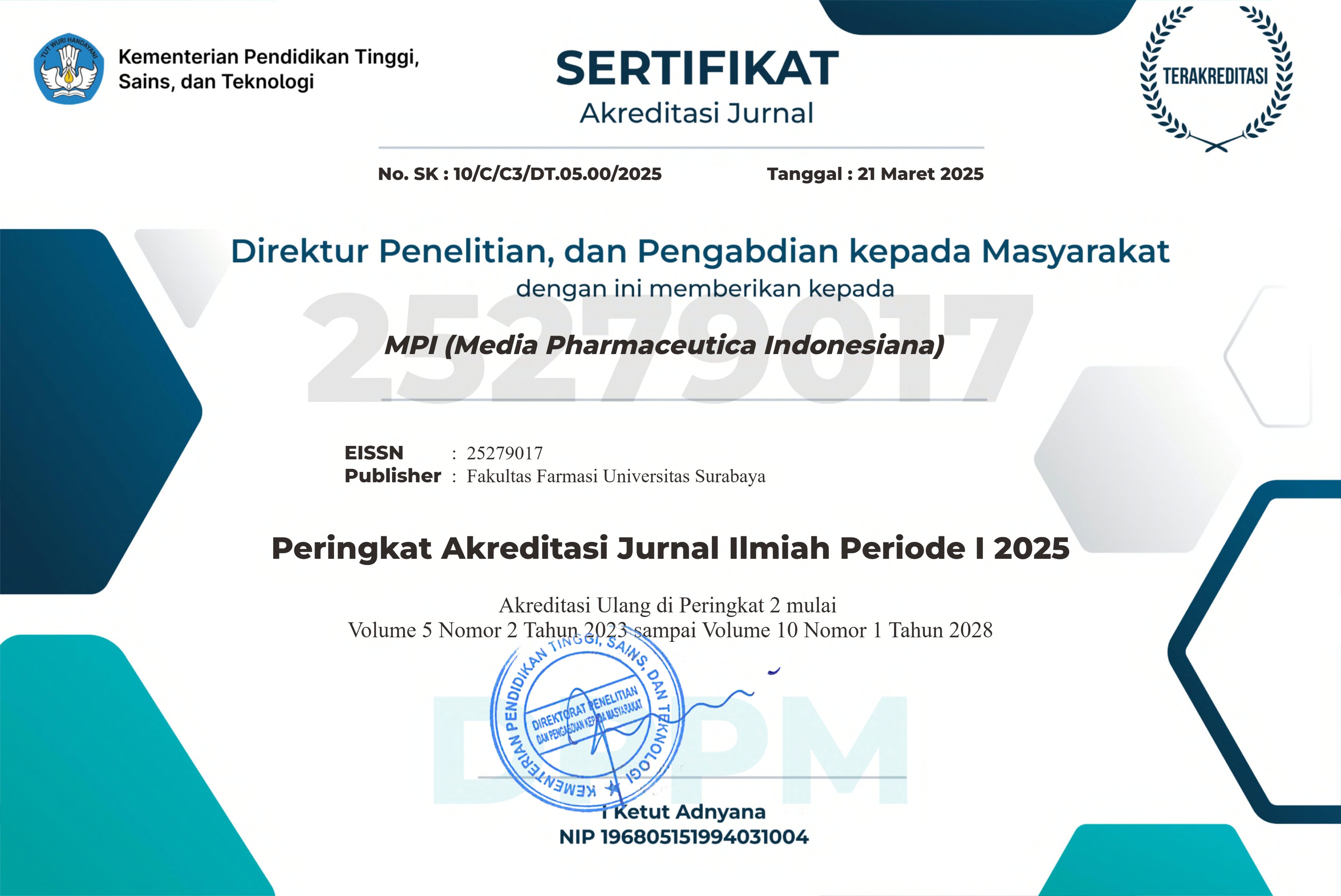Pemahaman Masyarakat tentang Desain dan Isi Informasi pada Etiket Obat serta Praktik Penggunaan Antibiotika Sirup Kering
 Abstract Views:
965 times
Abstract Views:
965 times
 PDF Downloads:
1473 times
PDF Downloads:
1473 times
Abstract
Menyajikan informasi obat dan konsisten pada etiket obat memiliki potensi untuk meningkatkan kepatuhan dan hasil terapi. Etiket obat harus memuat informasi penting yang dibutuhkan pasien untuk menjamin obat yang aman dan efektif. Diperlukan panduan pelabelan obat untuk mengurangi potensi kesalahan pengobatan. Penelitian ini bertujuan untuk melihat perbedaan sikap, pemahaman, dan praktik penggunaan obat oleh pasien yang mendapat sediaan sirup kering dengan 2 macam desain etiket, yaitu etiket yang umum digunakan di Indonesia dan etiket yang dikembangkan berdasarkan panduan dari beberapa negara, yaitu FIP, USP, dan ACSQHC. Dalam penelitian ini, diperoleh total 80 responden. Hasil yang diperoleh adalah tidak ada perbe- daaan sikap dari kedua kelompok responden mengenai desain etiket kecuali dalam hal kelengkapan isi informasi (P = 0,044). Pada variabel pengetahuan juga tidak terdapat perbedaan bermakna pada kedua kelompok responden, namun pada variabel praktik penggunaan terdapat perbedaan bermakna (P = 0,020) dimana kelompok responden satu mempunyai skor yang lebih tinggi dari kelompok dua yaitu masing-massing 2,68 ± 0,474 dan 2,28 ± 0,784. Kebenaran dalam mengukur dosis dapat dipengaruhi oleh keterampilan motorik seseorang, namun tetap dibutuhkan kelengkapan informasi yang dapat mengurangi potensi medication error, sehingga diperlukan panduan yang mengatur informasi minimal yang harus ada dalam etiket obat pada pelayanan resep di Indonesia.
Presenting drug information and consistency on drug labels has the potential to improve compliance and therapeutic outcomes. Drug labels must contain important information needed by patients to ensure safe and effective drugs. Drug labeling guidelines are needed to reduce the potential for medication errors. This study aims to see the differences in attitudes, understanding, and practices of drug use by patients who receive dry syrup preparations with 2 types of label designs, namely labels commonly used in Indonesia and labels developed based on guidelines from several countries, namely FIP, USP, and ACSQHC. In this study, a total of 80 respondents were obtained. The results obtained that there was no difference in attitudes from the two groups of respondents regarding label design except in terms of the completeness of the information content (P = 0.044). In the understanding variable, there was also no significant difference in the two groups of respondents, but in the practice variable there was a significant difference (P = 0.020), where respondent group one had a higher score than group two, namely 2.68 ± 0.474 and 2.28 ± 0.784 respectively. The accuracy in measuring the dose can be influenced by a person's motor skills, but complete information is still needed to reduce the potential for medication errors, so a guideline is needed that regulates the minimum information that must be included in drug labels in prescription services in Indonesia.
Submitted: 07-11-2024, Revised: 13-12-2024, Accepted: 17-12-2024, Published regularly: December 2024
Downloads

This work is licensed under a Creative Commons Attribution-ShareAlike 4.0 International License.
Articles published in MPI are licensed under a Creative Commons Attribution-ShareAlike 4.0 International (CC BY-SA) license. You are free to copy, transform, or redistribute articles for any lawful purpose in any medium, provided you give appropriate credit to the original author(s) and MPI, link to the license, indicate if changes were made, and redistribute any derivative work under the same license.
Copyright on articles is retained by the respective author(s), without restrictions. A non-exclusive license is granted to MPI to publish the article and identify itself as its original publisher, along with the commercial right to include the article in a hardcopy issue for sale to libraries and individuals.
By publishing in MPI, authors grant any third party the right to use their article to the extent provided by the CC BY-SA license.

 DOI:
DOI:










